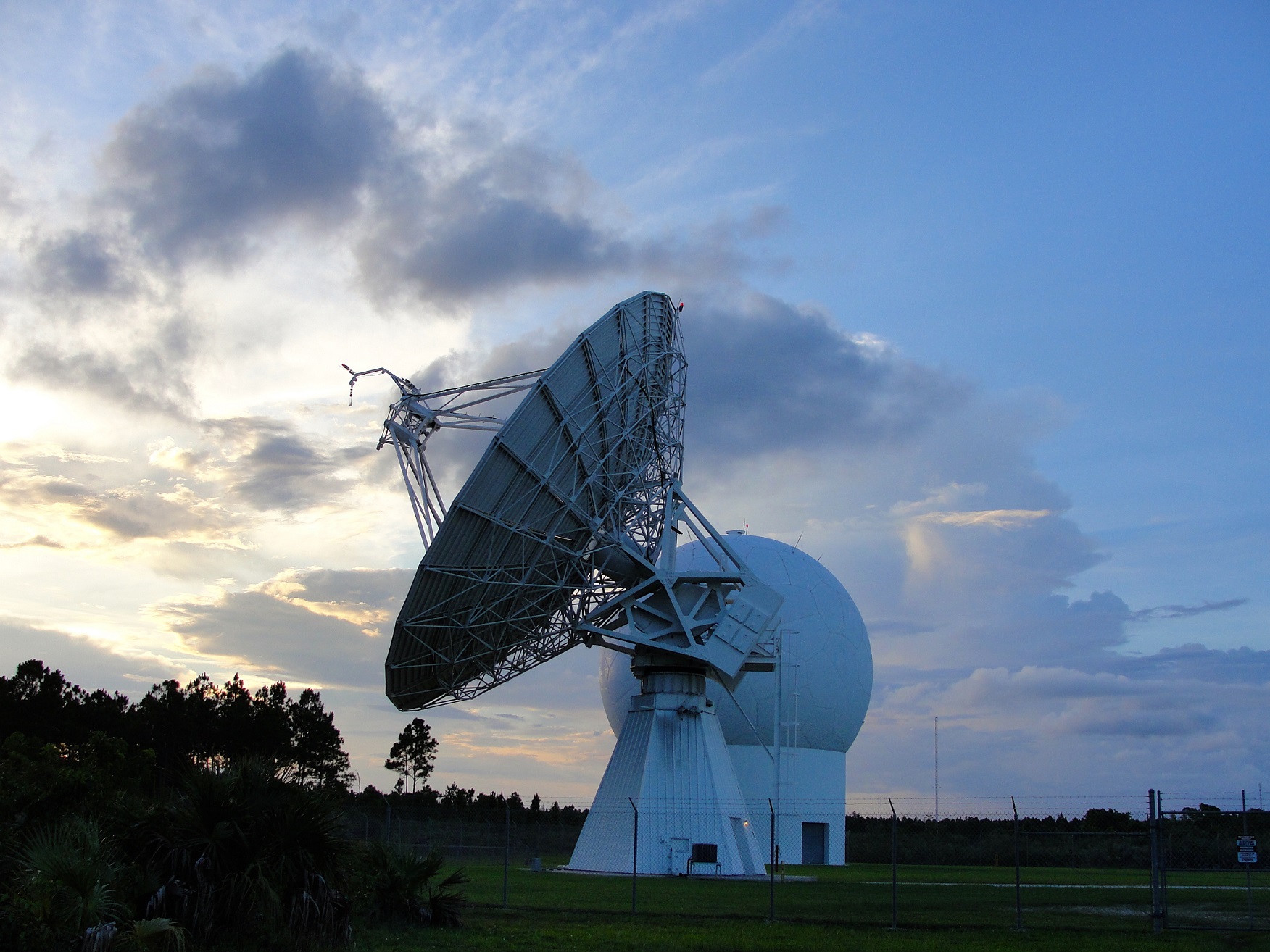26 July, 2016 by Staff Reporter
It’s the end of an era for Amundsen-Scott South Pole Station communications, with one of the oldest, continuously operating satellites in the earth's skies decommissioned late last month, a satellite that provided critical internet connectivity to the remote station. But there has been a silver lining for the staff and researchers at the base – faster internet!
The National Science Foundation (NSF) late last month decommissioned the 38-year-old Geostationary Operational Environmental Satellite (GOES-3), a communications satellite that for 21 years had helped to link Amundsen-Scott Station at the South Pole with the outside world.
The antiquated satellite's dwindling propellant supply triggered the need to move it to a disposal orbit.
But station personnel will be pleased that the replacement for the GOES-3, the Defense Satellite Communications System Phase III, vehicle B7 (DSCS III B7) satellite, will see internet speeds increase from roughly 1.5 megabits per second (MBPS) to up to a speedy 30 MBPS. The average internet speed in the US is approximately 5.1 Mbps, while speeds in the UK average 27.9 Mbps, according to the latest Akami State of the Internet report.
The increased speeds and data volume of the DSCS satellite will primarily benefit researchers, who often send large quantities of data to their home institutions from sophisticated, large-scale experiments at the South Pole, including the South Pole and BICEP radio telescopes and the IceCube Neutrino Observatory, a massive particle detector built into the ice.
The new DSCS capability was used to provide telemedicine video capabilities from the South Pole to the United States during the recent medical consultations that preceded the evacuation of two patients from the South Pole in late June.
The GOES-3 was launched in June 1978, designed and built as a National Oceanic and Atmospheric Administration (NOAA) weather satellite. When its weather-observation instruments failed in 1989, its orbit was modified and it was repurposed as a communications satellite to support the United States Antarctic Program base at the South Pole.
From 1995 it served as one of the main communication satellites for the South Pole station, as well as several deep field science camps in the Antarctic, providing much-needed internet service.
"During its 21 years of operation for the United States Antarctic Program, the GOES-3 satellite provided life-supporting phone and internet communication services to the research community," noted Hans Graber, director of the University of Miami's Richmond Satellite Operations Center at the Center for Southeastern Tropical Advanced Remote Sensing (CSTARS), which had operated the satellite since 1995.
Amundsen-Scott's extreme latitude at 90 degrees south, directly over the pole, makes it impossible to "see" most communications satellites, which orbit at or near the equator at an altitude of more than 22,000 miles. GOES-3 was able to communicate with the station because an oscillation in its orbital plane shifted it far enough south for its signals to reach the bottom of the planet for about 6.5 hours per day.

"This was a carefully planned and collaborative operation," said Art Ibers, vice president of Exploration and Mission Support at Lockheed Martin Information Systems and Global Solutions, who helped with the decommissioning operation. "Over 14 days and 20 orbital adjustment maneuvers, the satellite was carefully nudged into a 'graveyard' orbit, safely removed from the other still-operating geostationary satellites by about 250 kilometers. After reaching its higher orbit and ensuring that all fuel on-board had been depleted, the satellite's operators started shutting off its systems one by one, until finally commanding it to turn off telemetry, making it completely passive."
